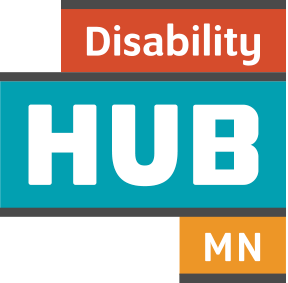Families play a key role in helping youth prepare to live independently and participate fully in their communities. Some families need help to imagine what living independently means for their child. In addition, some cultures view independence in different ways, not always as living outside of the home.
Within the Disability Justice movement, the term “interdependence” refers to the way that every person relies on their community for care and support, and gives that care and support to others, too. Part of transition planning involves identifying skills where the youth wishes to build their independence and areas where they’d like to tap into their community and other supports. The blended term “in(ter)dependence” reflects the many different ways that a youth can plan for managing their adult life within their community.
As you work with families, find the right balance — advocating for an adult life based on the person's goals while considering any limitations (such as the need for nursing, transportation or supervision) through a lens of cultural responsiveness.


